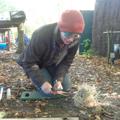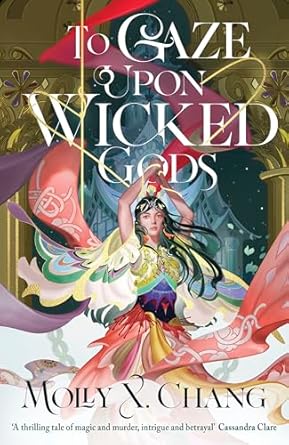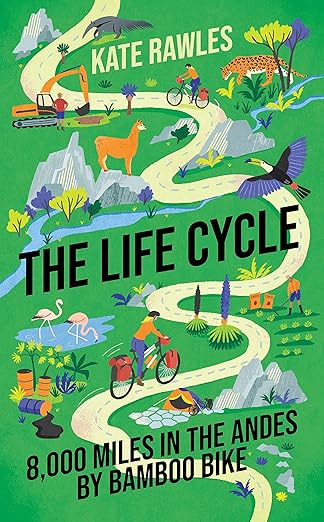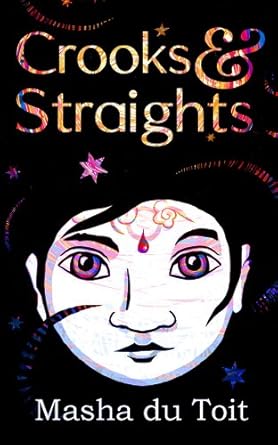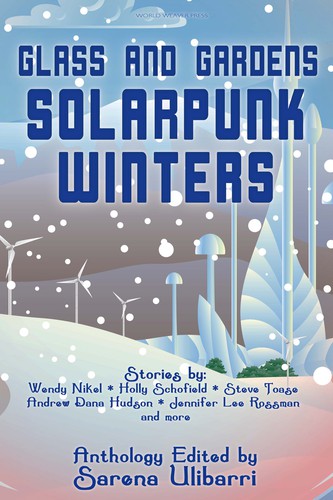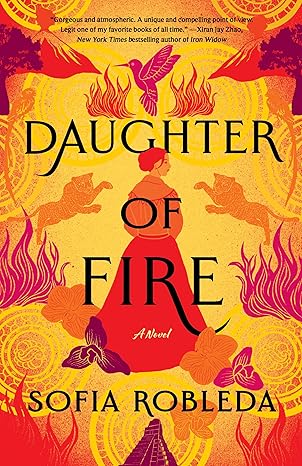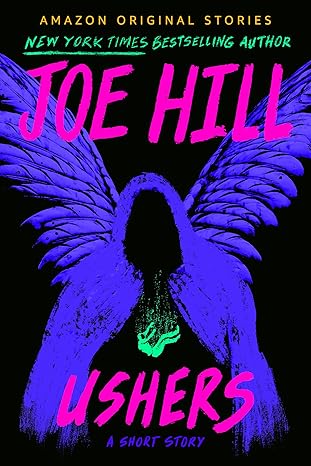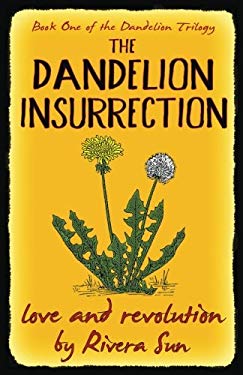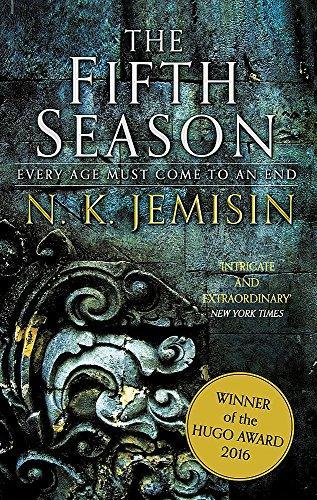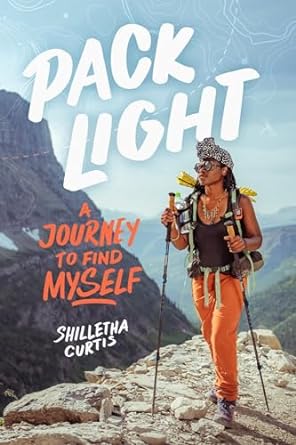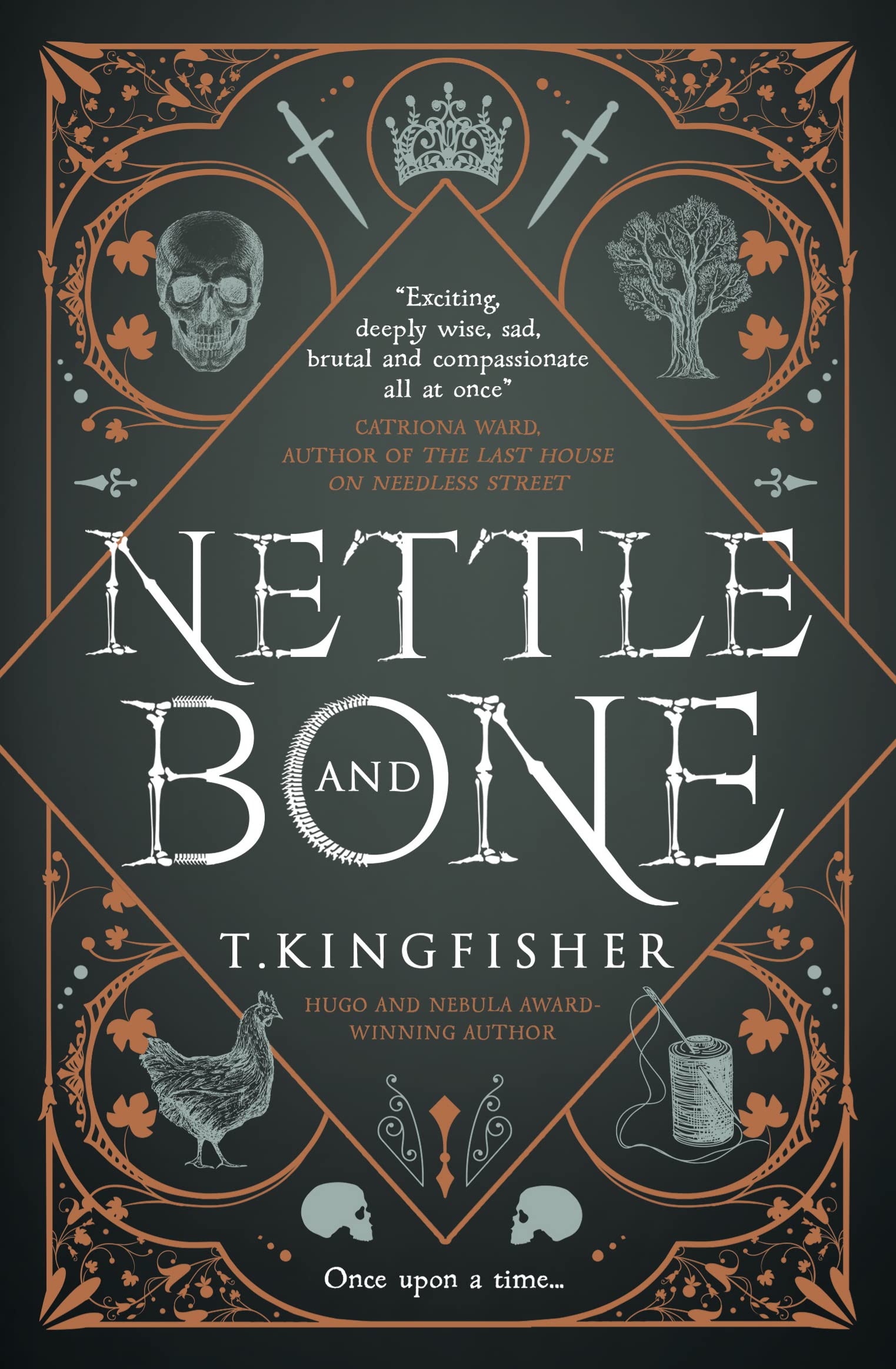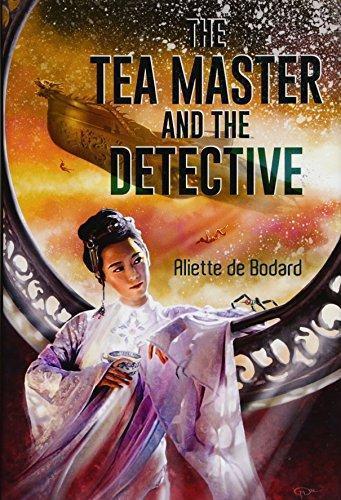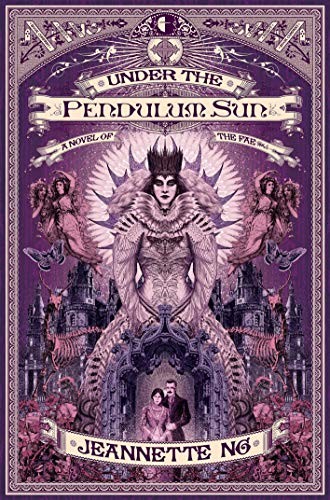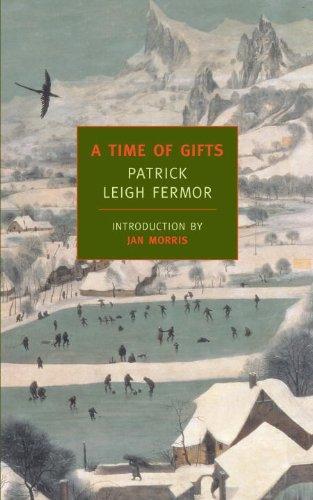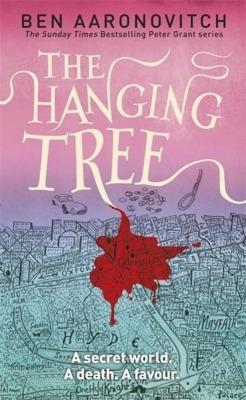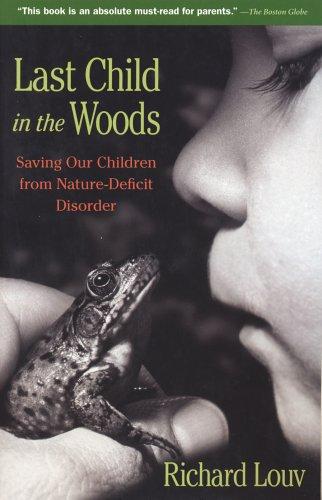Jules reviewed To Gaze upon Wicked Gods by Molly X. Chang
I wish I could say more than "okay" but it didn't really grab me
3 stars
I must admit that I struggled with the first few chapters which felt rather like a "tell, don't show" introduction to the recent history of the world of Pangu, which had been recently brutally invaded by the Roman Empire via an interdimensional portal. The pace did then pick up however and we got a lot more action and characterisation.
It's always interesting to read books written by authors coming from a different culture to your own, with characters' motivations making you consider the cultural differences in attitudes towards some values like filial duty for example. I also spent a lot of the book trying to work out whether the book's Roman Empire was an alternative history version of the historical Roman Empire that had acquired modern technology or whether it was a future dystopian version of the Europe/the US that had adopted the name the Roman Empire. I never quite …
I must admit that I struggled with the first few chapters which felt rather like a "tell, don't show" introduction to the recent history of the world of Pangu, which had been recently brutally invaded by the Roman Empire via an interdimensional portal. The pace did then pick up however and we got a lot more action and characterisation.
It's always interesting to read books written by authors coming from a different culture to your own, with characters' motivations making you consider the cultural differences in attitudes towards some values like filial duty for example. I also spent a lot of the book trying to work out whether the book's Roman Empire was an alternative history version of the historical Roman Empire that had acquired modern technology or whether it was a future dystopian version of the Europe/the US that had adopted the name the Roman Empire. I never quite worked it out, but concluded it was a helpful lesson in seeing from the perspective of a reader who has had a few historical names and tropes taken from their culture to make an East Asian "flavoured" book, something quite a Western authors are guilty of doing.
Beyond that however, and I feel rather bad saying this having looked the book up to review and discovered that the author was subject to a review bombing campaign, I have to admit I didn't find the story particularly compelling. I think we were supposed to be invested in trying to work out whether the heroine's captor could be trusted or not, but given that the case for his defence seemed to be "he has pretty eyes and looks sad occasionally" and the case for the prosecution was pretty much all his actions, the conclusion did not come as much as a surprise. What Rome's true agenda for Pangu was was initially set up as a great mystery to be resolved but then pretty much forgotten about for the bulk of the book in favour of a lot of pondering on how much a good end could justify evil means then resolved very quickly in a couple of paragraphs in one of the final chapters. Likewise after devoting a fair amount of time to introducing the heroine's best friend at the start of the book she was pretty much forgotten about and her storyline resolved pretty perfunctorily at the very end. The heroine's sister also got a lot of character development initially and a conflict was set up that will presumably be resolved in future books in the series, but I'm afraid I don't think I'm invested enough to read them.
